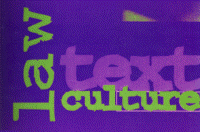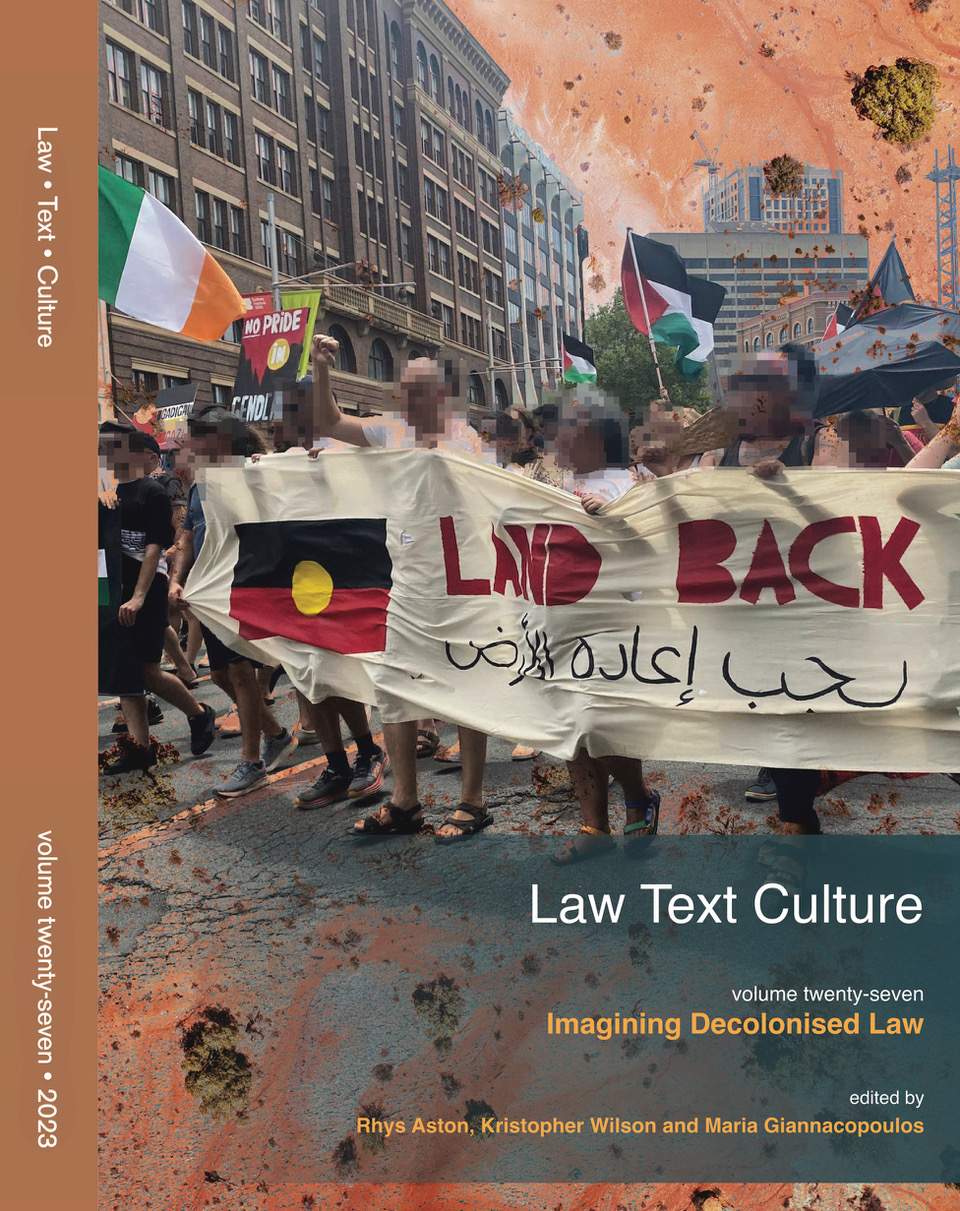Abstract
The wheelchair has become a stereotypical symbol of physical disability. The image may appear as a picture, as on parking signs with a blue background and a white figure sitting in a wheelchair, or in reality when one sees an actual person sitting in one. Both images are useful in characterising the governance of the handicapped parking space, a field that presents a unique case study in the interpretation and enforcement of law. The parking space is legally reserved for vehicles marked by the Blue Wheelchair which hangs as a tag from the rearview mirror or on the licence plate; but at the same time it is socially reserved for vehicles driven by a person who is dependent upon an actual wheelchair. Law enforces this space formally by ticketing and/or towing violating vehicles. Society enforces this space informally through the disciplining gaze of onlookers. Legal enforcement is based upon the presence of the Blue Wheelchair symbol as it matches the sign that towers above the reserved spot. Social enforcement judges and disciplines through the qualifying observation of visible disability in the form of a wheelchair. However, what happens when a Blue Wheelchair symbol is present, but an actual wheelchair is absent? Which source of legitimacy is treated as the more authoritative?
How to Cite:
Marusek, S., (2005) “Wheelchair as semiotic: space governance of the American handicapped parking space”, Law Text Culture 9(1). doi: https://doi.org/10.14453/ltc.546
Downloads:
Download PDF
View PDF
431 Views
626 Downloads

